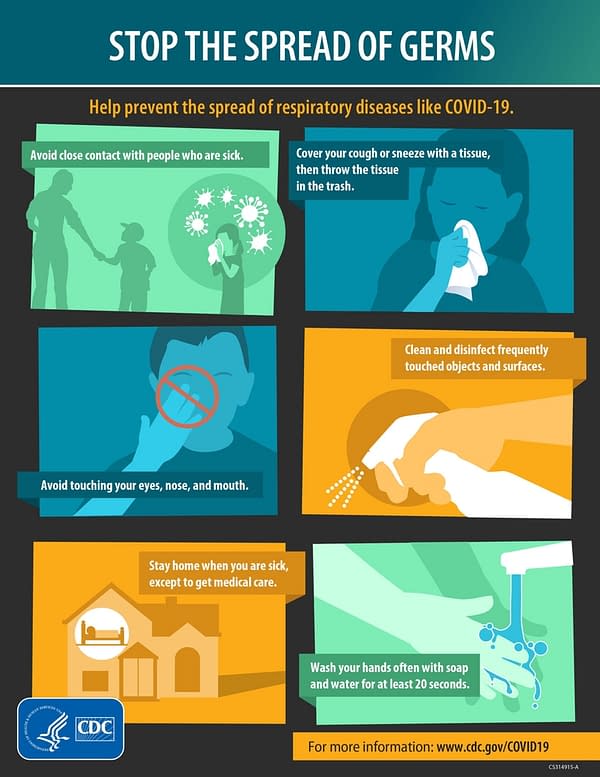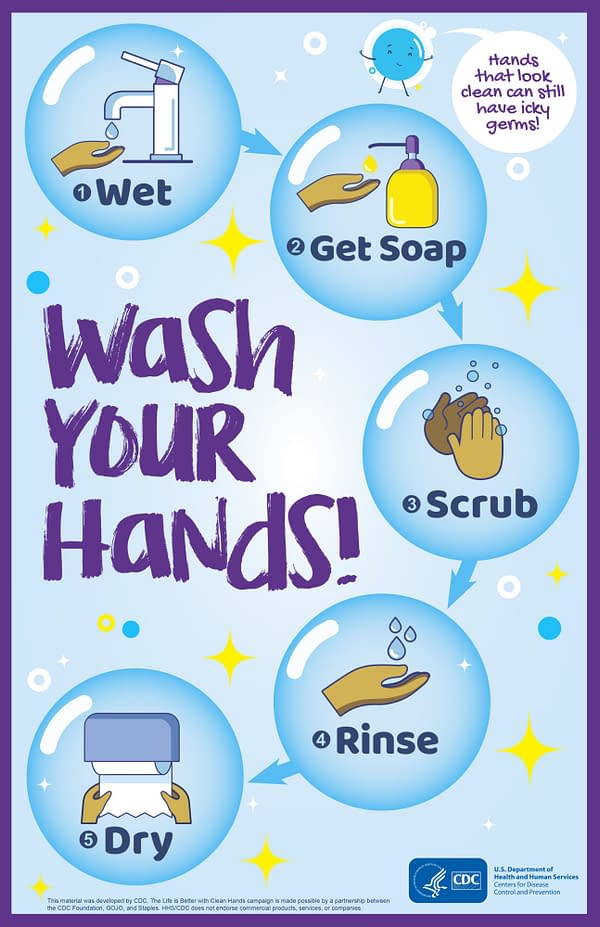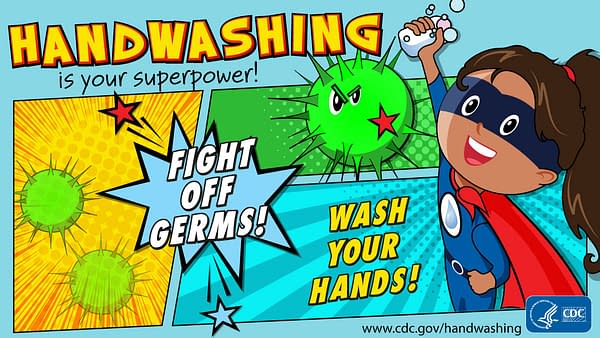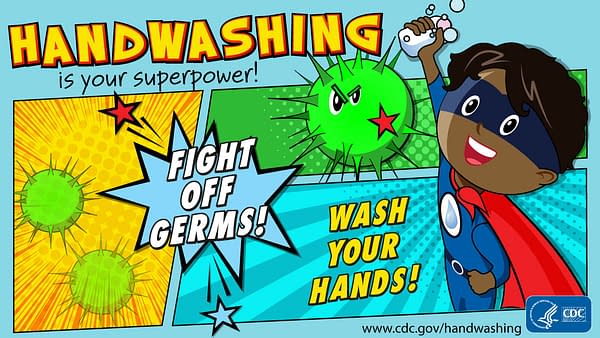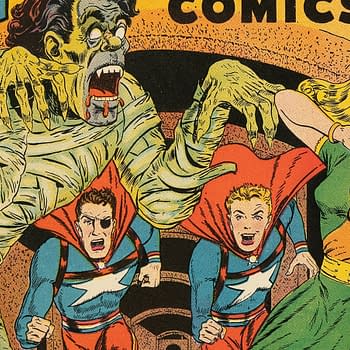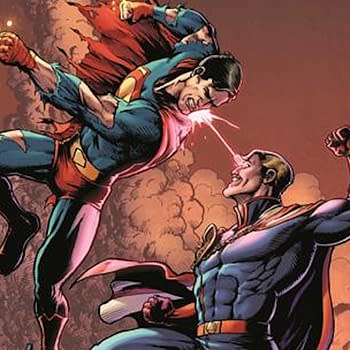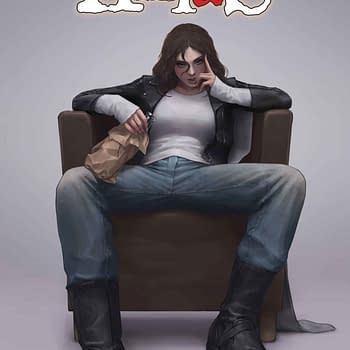Posted in: Comics | Tagged: cdc, coronavirus, covid-19
The CDC's Use of Comics to Fight the Spread of Coronavirus
It's flown under the radar a little in recent weeks that the United States' Centers for Disease Control and Prevention, also known as the CDC, are using the comics format on their widely-distributed flyers and posters that teach the basics of how to help prevent the spread of respiratory diseases like Coronavirus. Despite the fact that I'm well familiar with various governmental uses of comics over the past century to inform, instruct, and motivate the public in various ways, I hadn't given the current examples too much thought until Bleeding Cool EiC Kaitlyn Booth just sent me the following pic of a pair of flyers posted outside the door of her building manager's office. The basic six-panel grid containing panels with figures and actions along with accompanying captions are eye-catching, informative, and they're a great example of an important instructional usage of the comics form.
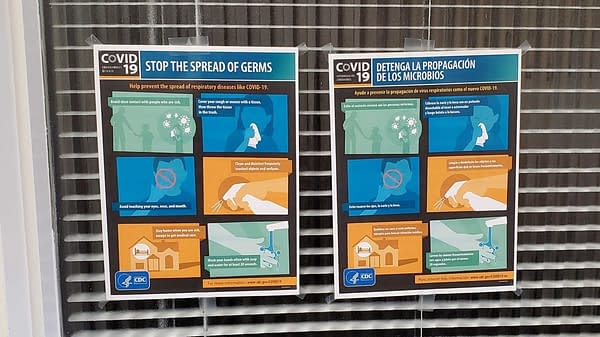
This is not to say that these images designed to help fight the spread of Coronavirus is a new kind of application of the comics form, of course. America has been well aware of the power of the comics medium as a means of conveying information to the masses and winning hearts and minds since its foundational times. I'm tempted to just start stepping forward through American history and explaining how very important comics has been to that history, but that's the subject of about 100 (um… maybe 1,000) posts, not just one. We'll get to all of them in time.
Famously, legendary Marvel Comics creator and editor Stan Lee was likely helping to create similar instructional posters, flyers and pamphlets during his service in the Signal Corps during World War II. It's little known that Stan was far from the only well-known Signal Corps service member who was also a well-known comics professional. Creators ranging from Carl Burgos (Human Torch creator) to Myron Fass (who tangled with Marvel's Martin Goodman over Captain Marvel rights) also served in the Signal Corps.
In more recent times, the CIA has made use of comics on a number of occasions, including making poster mock-ups of comic book covers for promotional purposes, and for their Skyhook program, they created instructions for the Skyhook device in comic book form, and (this is my favorite part) then Skyhook also ended up in a comic book movie — The Dark Knight. It's very obvious that the CIA loves comic books — and understands the power of the medium to instruct and persuade.
One might debate the merits of some of the past uses of such mass persuasion over the decades, but the intent of CDC's usage of the power of comics in the current Coronavirus crisis is indisputable: it's a fantastic and vitally important application of the power of comics. These and more comics images in high resolution form for printing can be found on the Handwashing and Symptoms sections of the CDC's Coronavirus website.
